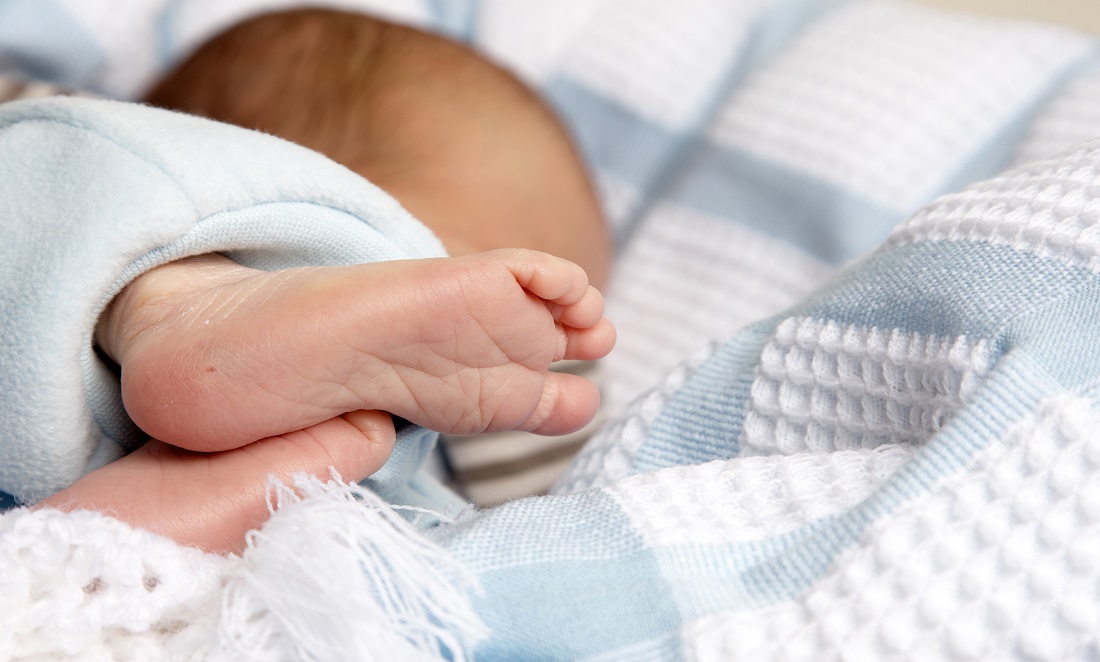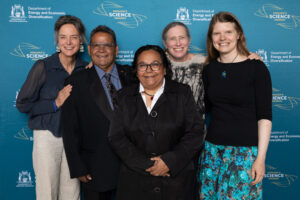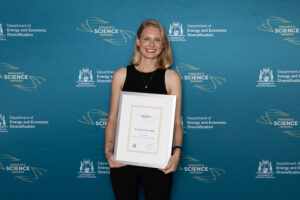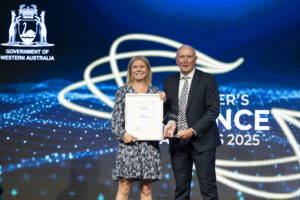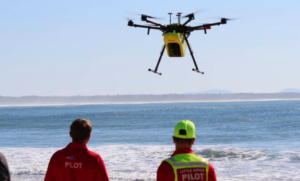If you’ve had a baby any time in the last 50 years, you might remember being offered a heel prick or Guthrie test.
The test involves pricking the heel of a newborn and collecting a few drops of blood on a sheet of paper.
But in the haze of those first few days with a baby, did you remember what it was for?
Chances are, your child was part of a newborn screening program that has been running in WA since the 1960s.
The test currently screens for around 25 rare medical conditions and is estimated to save the lives of 35 babies in WA every year.
Until now, each state in Australia has run their own version of the program.
But in May, a new national framework was announced that will see a standardised approach across the country.
EARLY DETECTION
WA Department of Health Senior Program Officer Faye Bowman says the newborn screening program began as a test for phenylketonuria, a genetic disorder that prevents the normal breakdown of a protein found in some foods.
The program has since grown to screen for a host of other conditions including congenital hypothyroidism, galactosaemia and cystic fibrosis.
“These conditions can be really serious if they’re not diagnosed early,” Faye says.
“They may lead to intellectual or physical disability or sometimes even death. ”
“But if you detect the conditions early enough, they can receive interventions—sometimes it’s just dietary modifications—and then that baby will grow up normally.”
The screening works best when tests are done early, so the samples are collected 48 to 72 hours after birth.
“For phenylketonuria, babies lose about four IQ points for every month that they go untreated,” Faye says.
PUTTING DISEASES TO THE TEST
Faye says newborn screening programs around the country have always largely aligned with each other.
But the screening technology is constantly changing, and many patient groups have campaigned for their disease to be added to the program.
In the US, for instance, newborn screening can include up to 60 conditions.
At the same time, diseases could be removed from the program if the resources are better spent elsewhere.
Faye says the new framework offers a nationally coordinated way to assess which diseases should be included.
“This opens up the gateway to a whole new world of newborn screening,” Faye says.
“I do think the number will increase, slowly but surely.”
THE BIG PICTURE
WA Department of Health Manager of Screening Policy Dr Kristen Nowak says the program is highly successful in WA, with about 99% of babies tested.
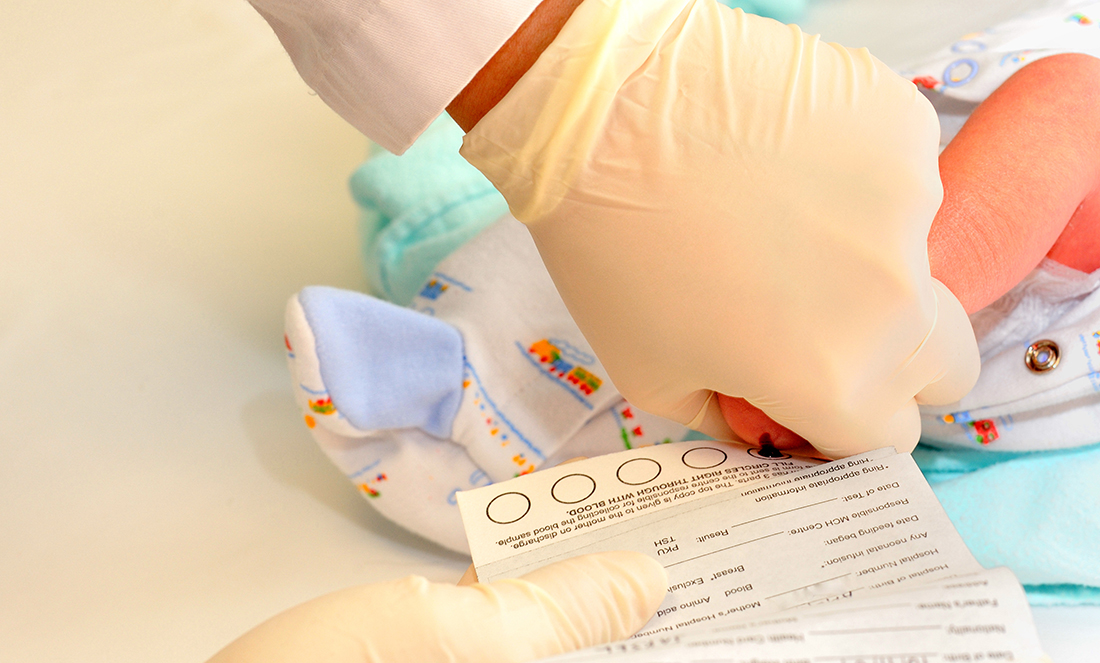
Kristen, who is also a Scitech board member, says both her children had the test.
And while no parent enjoys seeing blood taken from their newborn, she encourages parents to look at the big picture.
“They might cry for a few seconds with the shock of it, but you know that potentially you could be saving their life or making sure that they have a much healthier life,” Kristen says.
“I think any parent wants to make sure that they do the best for their child.”


